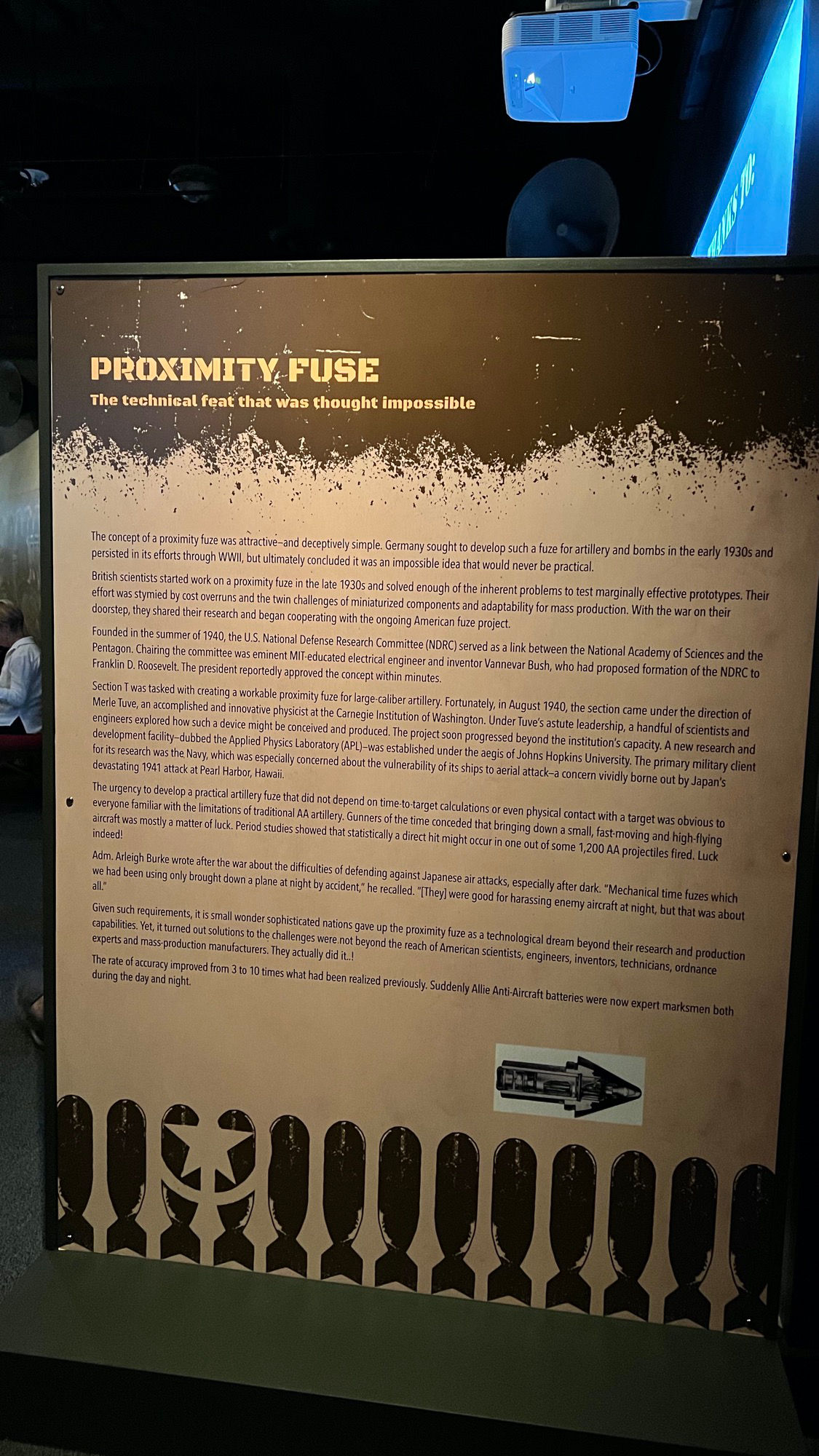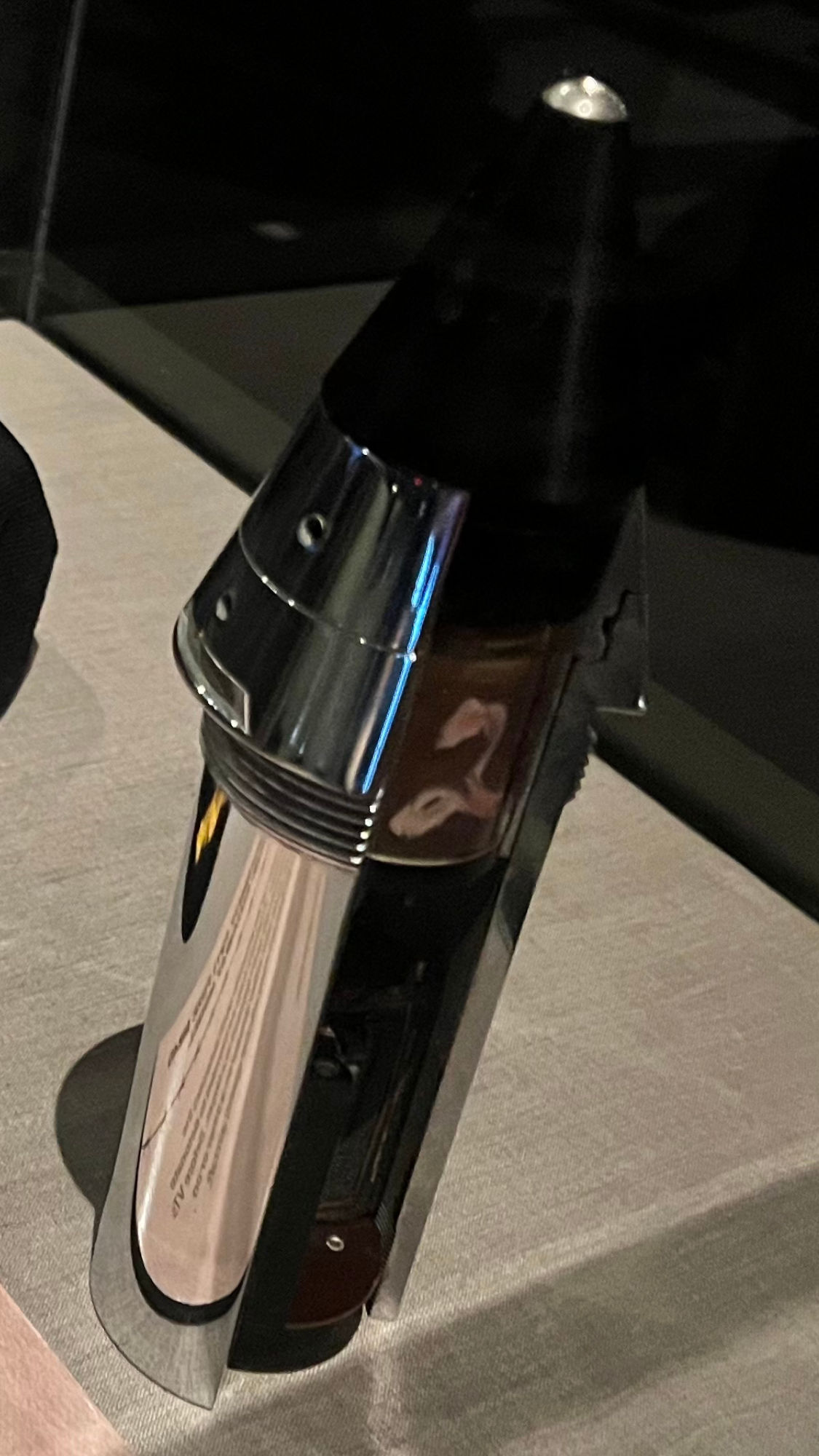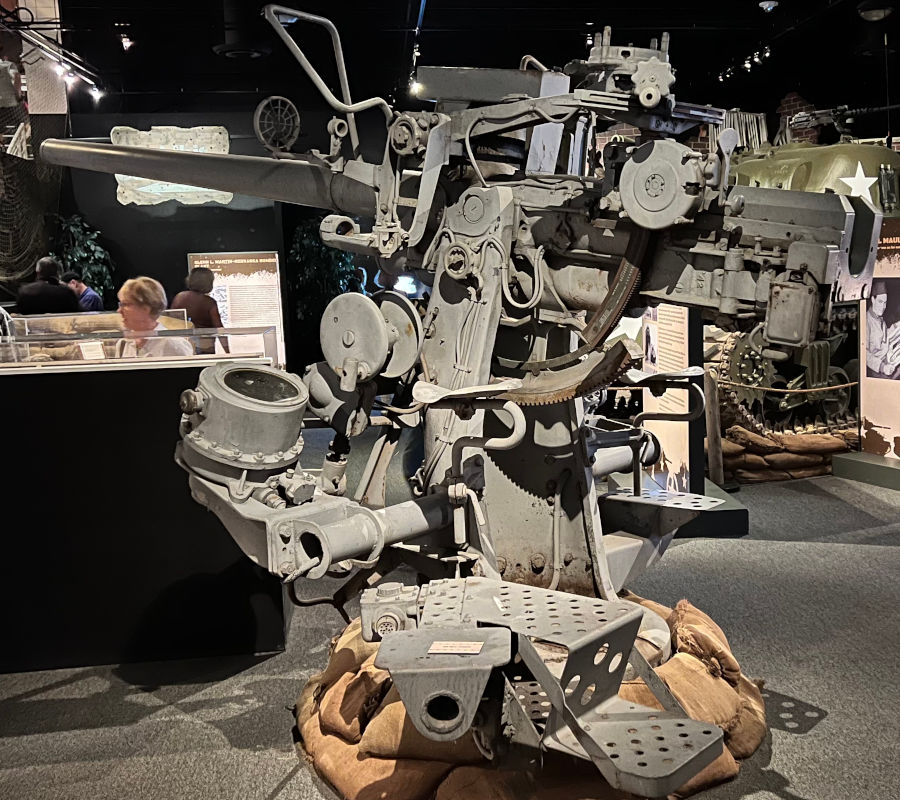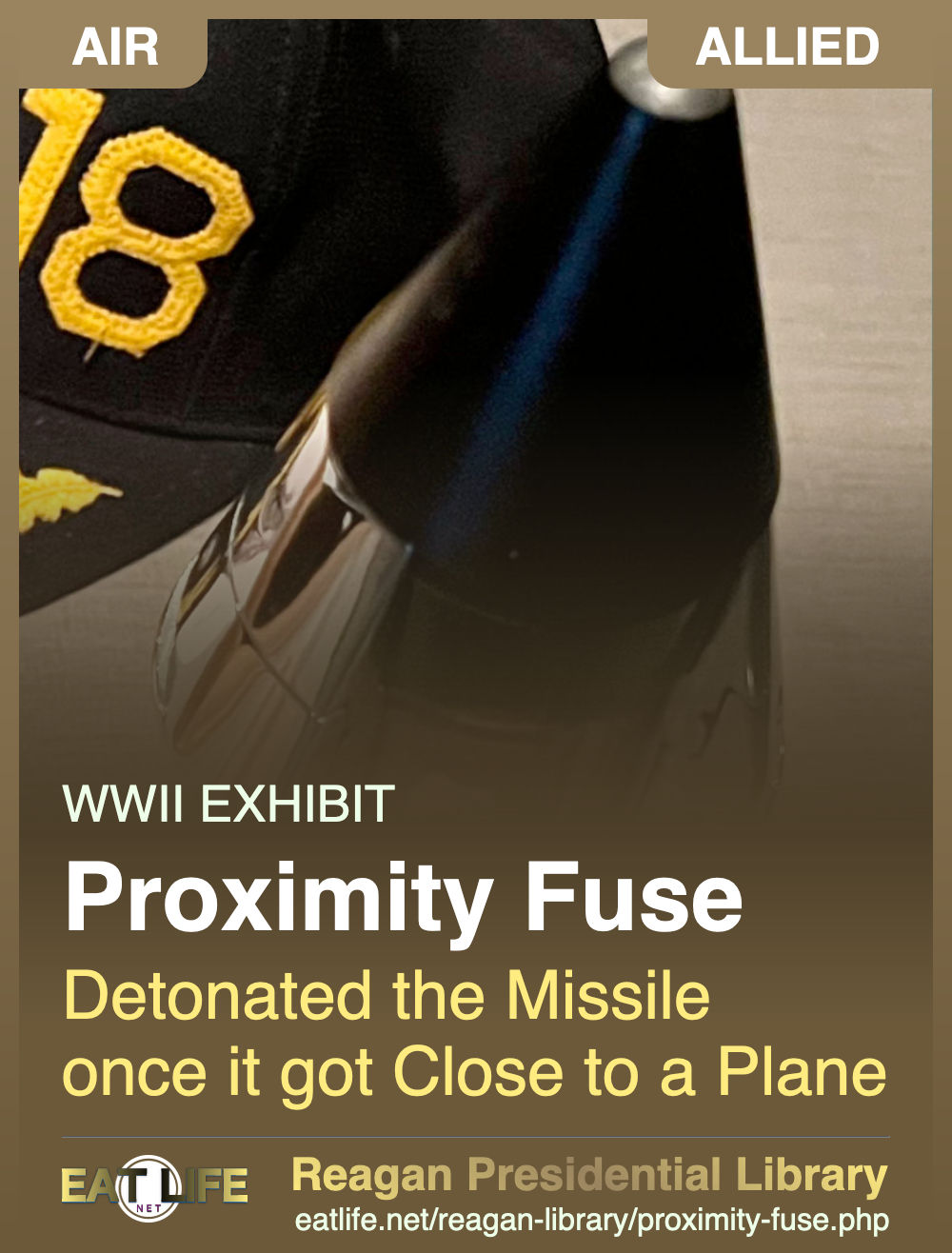Gunners of the time conceded that bringing down a small, fast-moving and high-flying aircraft by hitting it with a missile was mostly a matter of luck. A detonator where the shell need only pass close by the target was needed. Germany tried to develop one but gave up. Then the US invented one by using radar. When a shell approaches a reflecting object, an interference pattern is created that changes with shrinking distance. Allied Anti-Aircraft batteries were now expert marksmen both during the day and night, air and sea.

The technical feat that was thought impossible
The concept of a proximity fuze was attractive - and deceptively simple. Germany sought to develop such a fuze for artillery and bombs in the early 1930s and persisted in its efforts through WWII, but ultimately concluded it was an impossible idea that would never be practical.
British scientists started work on a proximity fuze in the late 1930s and solved enough of the inherent problems to test marginally effective prototypes. Their effort was stymied by cost overruns and the twin challenges of miniaturized components and adaptability for mass production. With the war on their doorstep, they shared their research and began cooperating with the ongoing American fuze project.
Founded in the summer of 1940, the U.S. National Defense Research Committee (NDRC) served as a link between the National Academy of Sciences and the Pentagon. Chairing the committee was eminent MIT-educated electrical engineer and inventor Vannevar Bush, who had proposed formation of the NDRC to Franklin D. Roosevelt. The president reportedly approved the concept within minutes.
Section T was tasked with creating a workable proximity fuze for large-caliber artillery. Fortunately, in August 1940, the section came under the direction of Merle Tuve, an accomplished and innovative physicist at the Carnegie Institution of Washington. Under Tuve's astute leadership, a handful of scientists and engineers explored how such a device might be conceived and produced. The project soon progressed beyond the institution's capacity. A new research and development facility - dubbed the Applied Physics Laboratory (APL) - was established under the aegis of Johns Hopkins University. The primary military client for its research was the Navy, which was especially concerned about the vulnerability of its ships to aerial attack - a concern vividly borne out by Japan's devastating 1941 attack at Pearl Harbor, Hawaii.
The urgency to develop a practical artillery fuze that did not depend on time - to target calculations or even physical contact with a target was obvious to everyone familiar with the limitations of traditional AA artillery. Gunners of the time conceded that bringing down a small, fast-moving and high-flying aircraft was mostly a matter of luck. Period studies showed that statistically a direct hit might occur in one out of some 1,200 AA projectiles fired. Luck indeed!
Adm. Arleigh Burke wrote after the war about the difficulties of defending against Japanese air attacks, especially after dark. "Mechanical time fuzes which we had been using only brought down a plane at night by accident," he recalled. "They were good for harassing enemy aircraft at night, but that was about all."
Given such requirements, it is small wonder sophisticated nations gave up the proximity fuze as a technological dream beyond their research and production capabilities. Yet, it turned out solutions to the challenges were not beyond the reach of American scientists, engineers, inventors, technicians, ordnance experts and mass production manufacturers. They actually did it! The rate of accuracy improved from 3 to 10 times what had been realized previously. Suddenly Allied Anti-Aircraft batteries were now expert marksmen both during the day and night.

For 5" Gun Cutaway Model
A fuze is the part of the projectile which detonates the explosive charge. Proximity fuses are intended to detonate missiles automatically upon approach to a target. Before VTs were created, fuzes were either denoted on a timer or on impact. The VT fuze was more effective against aircraft.

WIKIPEDIAA Proximity Fuze
A fuze that detonates an explosive device automatically when it approaches within a certain distance of its target. Proximity fuzes are designed for elusive military targets such as airplanes and missiles, as well as ships at sea and ground forces. This sophisticated trigger mechanism may increase lethality by 5 to 10 times compared to the common contact fuze or timed fuze.The proximity fuze was one of the most important technological innovations of World War II. It was so important that it was a secret guarded to a similar level as the atom bomb project or D-Day invasion.
Admiral Lewis StraussOne of the most original and effective military developments in World War II was the proximity, or 'VT', fuze. It found use in both the Army and the Navy, and was employed in the defense of London. While no one invention won the war, the proximity fuze must be listed among the very small group of developments, such as radar, upon which victory very largely depended.Before the invention of the proximity fuze, detonation was induced by direct contact, a timer set at launch, or an altimeter. All of these earlier methods have disadvantages. The probability of a direct hit on a small moving target is low; a shell that just misses the target will not explode. A time- or height-triggered fuze requires good prediction by the gunner and accurate timing by the fuze. If either is wrong, then even accurately aimed shells may explode harmlessly before reaching the target or after passing it. At the start of The Blitz, it was estimated that it took 20,000 rounds to shoot down a single aircraft; other estimates put the figure as high as 100,000 or as low as 2,500.
With a proximity fuze, the shell or missile need only pass close by the target at some time during its flight. The proximity fuze makes the problem simpler than the previous methods.
Proximity fuzes are also useful for producing air bursts against ground targets. A contact fuze would explode when it hit the ground; it would not be very effective at scattering shrapnel. A timer fuze can be set to explode a few meters above the ground but the timing is vital and usually requires observers to provide information for adjusting the timing. Observers may not be practical in many situations, the ground may be uneven, and the practice is slow in any event. Proximity fuzes fitted to such weapons as artillery and mortar shells solve this problem by having a range of set burst heights (7, 13 or 33 ft) above ground that are selected by gun crews. The shell bursts at the appropriate height above ground.
Radio Sensor
The radio frequency sensing (radar) device described in World War II patent works as follows: The shell contains a micro-transmitter which uses the shell body as an antenna and emits a continuous wave of roughly 180–220 MHz. As the shell approaches a reflecting object, an interference pattern is created. This pattern changes with shrinking distance: every half wavelength in distance (a half wavelength at this frequency is about 0.7 meters), the transmitter is in or out of resonance. This causes a small cycling of the radiated power and consequently the oscillator supply current of about 200–800 Hz, the Doppler frequency. This signal is sent through a band-pass filter, amplified, and triggers the detonation when it exceeds a given amplitude.Other Sensor Types
- Optical - detects light reflecting off the target using a lens (or now laser)
- Acoustic - detects acoustic emissions from a target like an aircraft's engine or ship's propeller
- Magnetic - detects huge masses of iron such as ships
- Pressure - detects the pressure wave of a ship passing overhead









